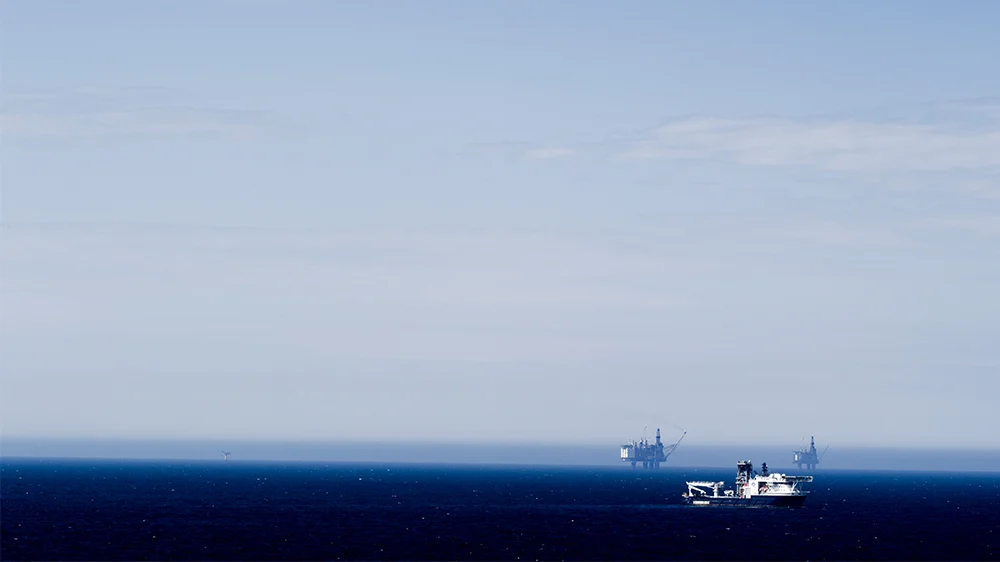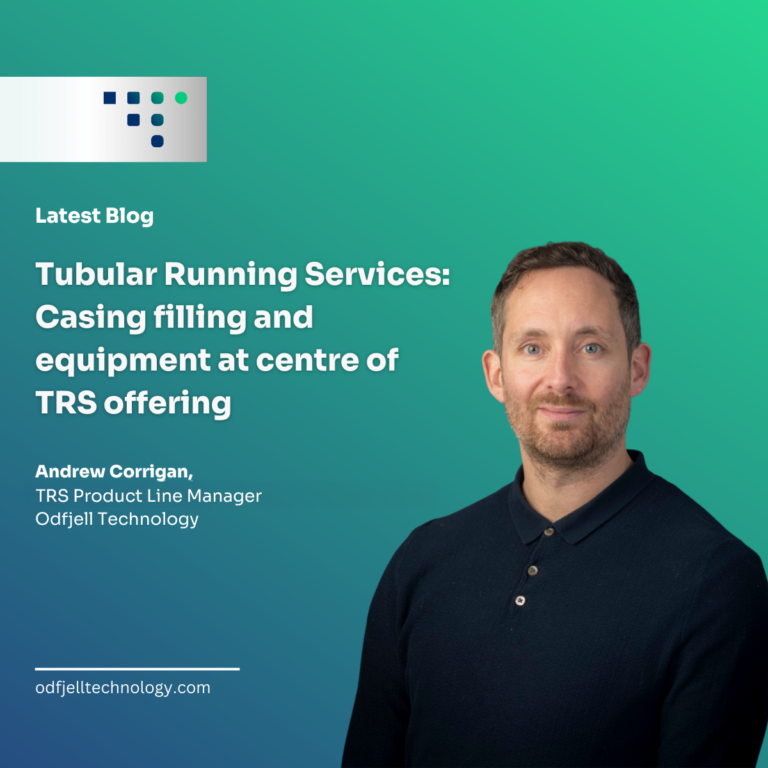WBCU: Optimizing displacement while protecting completion equipment
OWS has developed a range of tools that allow multiple opening & closing of ports to allow on demand communication to the annulus and to allow rotation of the upper string when carrying out wellbore fluid displacements.
The Weight Set Circulating Tool and the Weight Set Swivel Tool have been successfully applied on two different projects, and in this article, I will share some of the experiences we had using the tools.
1. Achieving desired pump rates
The challenge
A new Client to Odfjell Well Service (OWS) was looking for a new system to allow high pump rates during the displacement and filtration operations – the mud pumps were restricted to 4,000 psi (275 bar). Additionally, they wished to have the ability to not rotate the skinny washpipe in the 5” liner section when filtering the completion fluid.
The results
The tools were picked up and RIH as per the program to the top of the 5” liner with rest of the wellbore cleanup string.
- Before activation parameters: 5 bpm (800 lpm) / 3350 psi (230 bar) • Applied required slack off weight to tool – saw movement of drillpipe confirming shear
- After activation parameters: 5 bpm (800 lpm) / 1300 psi (89 bar)
The ability to open the tool ports allowed the Client to pump at the optimum pump rate of 12 bpm (1900 lpm) / 2800 psi (193 bar) and be within the limit of the mud pumps.
> Read also: How a circulation tool can boost annular velocity
Comparison of the pre-job modelling proved the accuracy of the simulation software and the ability of OWS to predict safe running and operation of the tools.
2. Protecting Fluid Loss Control Valve
The challenge
Due to issues seen on previous wells the Client was looking for a solution to displace the well above the lower completion without compromising the safe operation of the fluid loss control valve (FLCV). No rotation of the wash pipe in the lower completion was allowed and the cleanup pill volumes dictated a specific contact time to ensure proper cleaning of the production casing.
The results
The tools were picked up and RIH as per the program to the top of the lower completion with rest of the wellbore cleanup string.
Due to the criticality of the operation, onshore OWS technical support carried out real time modelling to monitor the friction factor of the well to ensure weight could be applied to shear the tools open without compromising the integrity of the completion equipment in the well. Following the decision tree it was safe to function the tools and carry out the displacement.
- Before activation parameters: 4 bpm (640 lpm) / 324 psi (22 bar)
- Applied required slack off weight to tool – saw movement of drillpipe confirming shear
- After activation parameters: 4 bpm (640 lpm) / 230 psi (16 bar)
- Cleaned and displaced the lower completion above the FLCV
- Open circulation ports and increased to optimum pump rate
- Once seawater was seen at surface increased to 20 bpm (3200 lpm) for filtration
- Tool ports were open for 5 hours during filtration
The ability to open the tool ports allowed client to optimize the pump rate to get the required contact time of the cleanup pill in the production casing during the displacement, and increase to the higher rates during the filtration operation.
The use modelling software during the operation proved the ability of OWS to predict safe running and operation of the tools. The Client was able to function the WBCU tools within the safe operating limits of other equipment downhole.
Planning is key
Prior to building the tools, initial consultations were carried out with the Clients to determine the well characteristics and key concerns. The appropriate workstrings were designed, successfully run and operated thereby meeting the objectives of both Clients.
As mentioned in my previous post Planning your Displacement & Wellbore CeanUp , pre-job planning was the key element to the successful operation of these newly developed tools.
Topics: Wellbore CleanUp

By: Stephen Mair
Stephen has over a decade experience in WellBore CleanUp (WBCU) activities ranging from authoring industry best practices to WBCU research and development projects. With experience in various global locations (North Sea, Europe, Africa & Alaska) he has been involved in introducing the next generation of mechanical & software solutions to meet today’s WBCU challenges.



